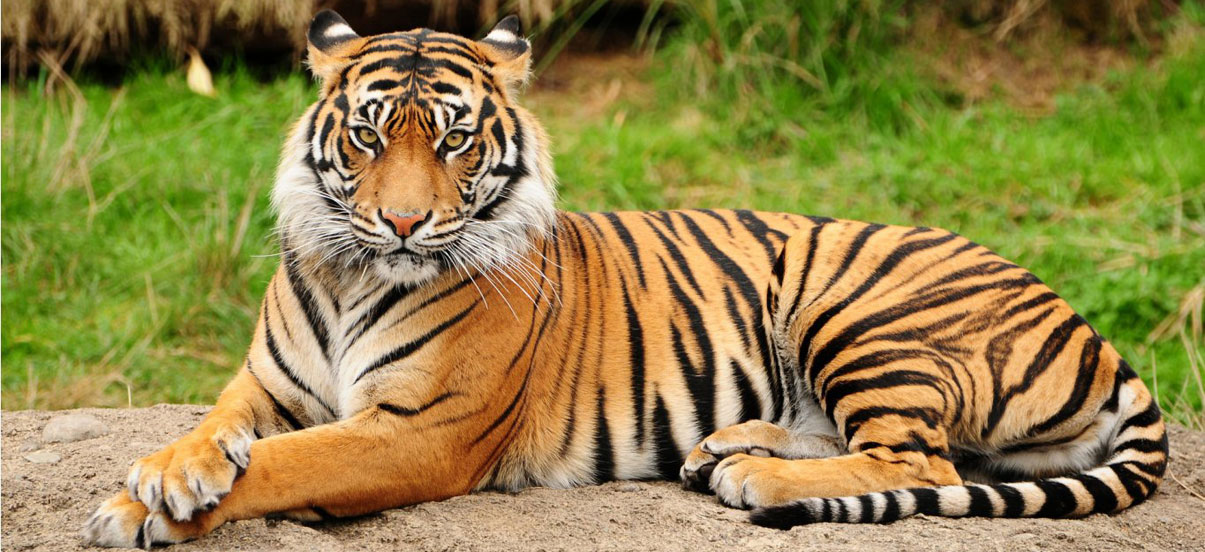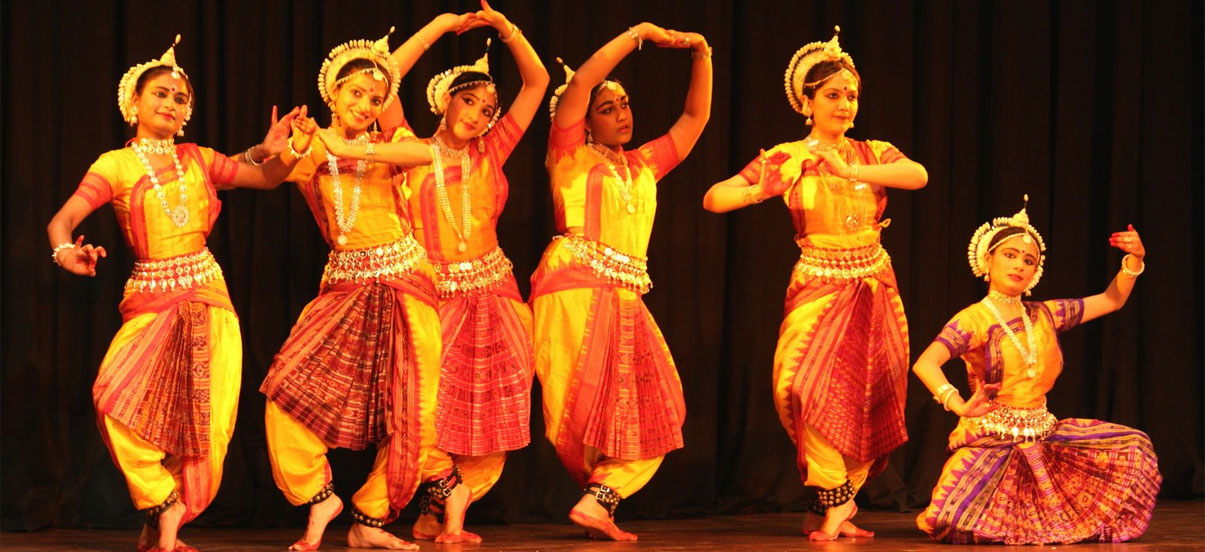Maa Samaleswari is the presiding deity of Sambalpur and is a strong religious force in western part of Odisha. Maa Samaleswari is known as the symbol of Sambalpuri “Sambalpuri” Culture. On the bank of the river Mahanadi the mother goddess Samaleswari is worshipped from ancient times as Jagatjanani, Adishakti, Mahalaxmi and Mahasaraswati. Sambalpur region is popularly known as Hirakhanda from ancient times. Ptolemy has described the place as Sambalak, According to Tavernir, the French traveller, and Edward Gibbon, the English historian, diamonds were exported to Rome from Sambalpur. Originally the Goddess was known as Somaleswari. (Soma – eternal bliss) Somaleswari – Soma Datri meaning one who bestow ‘eternal bliss’. Also people believes that, as goddess Samaleswari was being worshipped under a Samel (simili) tree (cotton tree), she became Sameleswari and later came to be known as Samaleswari.
Introduction
The independent kingdom of Patna (currently Balangir District) was ruled by Raja Narasingh Dev between 1540 A.D. to 1547 A.D. The capital of the kingdom was near the present Patnagarh town on the bank of the river Mayabati in present Balangir District. It is said that in the midnight of the dark fortnight of sravana in the rainy season the queen of king Narasingh Dev suffered from intense labour pain and her life was in danger. A traditional midwife, expert in delivering children, lived in a village on the other side of the river Mayabati. But the river was in full spate with swift current. Balaram Dev swam across the flooded river and brought the midwife from her village on his shoulder. With the care and treatment offered by the midwife the queen delivered a son who was named Hamir Dev.
Formation of Sambalpur
King Narsingh Dev was greatly pleased by the valour of his younger brother Balaram Dev and granted the large tract of land in his favour which later became the kingdom Huma Desh and later came to be widely known as the independent kingdom of Sambalpur. Balaram Dev ruled Sambalpur sometime between 1540 AD to 1557 AD (Pasayat,2004:90-96; 2004:83-89). The Kings of Sambalpur later expanded their territory on a vast area of Western Odisha and Chattisagrh known as Athara Garjat or 18 Garjat. This kingdom was renamed as Hirakhand.
Existence of Maa Samaleswari
According to local stories, it is said that on a particular day Balaram Dev crossed river Mahanadi and came to the right bank with his hounds for hunting. While hunting, he noticed a miracle. He saw that his hounds, instead of chasing a small rabbit, were being hotly chased by the rabbit itself. It seemed his hounds were in mortal fear of the rabbit. The king stood stunned and later noticed that the rabbit returned to the foot of a huge simili (cotton) tree on the left bank of Mahanadi and disappeared. Balaram Dev returned to his camp and had a strange dream at night. Goddess Samaleswari manifested herself before him and said that she was residing in gumadarha inside the river and that he should establish her at the foot of the simili tree and build a temple. She blessed the king and vanished. Next morning Balaram Dev made up his mind and considering the importance of the left bank of Mahanadi on the ground of religion and administration he established his fort. He installed Goddess Samaleswari under the simili tree and built a temple. Sambalpur was a small village at that time. Acc. to some historians, the idol of goddess Samaleswari under the simili tree was worshipped by tribals since third century A.D. till the temple was built by Balaram Dev.
Samalei Gudi(The Samaleswari Temple)
Samaleswari Temple was built some time in the middle of 16th century. It was rebuilt by the 7th independent king of Sambalpur namely Chhatra Sai Deo who reigned during 1657 to 1665 AD. and endowed vast landed property for seva and Puja of the deity to a group of sevayats. The Temple is built of a kind of stone durable as granite, cemented with lime mortar, the whole building is plastered. The square sanctum sanctorum enshrining the deity is four step below the 10-foot-wide (3.0 m) covered circumambulation, which is supported by 12 stone pillars. Eleven parswa devis (side Goddess), are embedded on the outer wall of the sanctum, so that the devotees can worship those deities during parikarma through the vaulted circumambulation. The arched roof commences after a height of 18 feet and tapers to the height of 35 feet.
Myths and legends
It is believed that one person namely Krupasindhu Panigrahi and his wife were buried in the foundation of the temple during construction. In course of time human sacrifice was discontinued and the practice of sacrificing buffalo was adopted. Later this practice was only for small animals as goat. The last buffalo sacrifice in the temple was within a couple of decades which is in public memory. Now a few year ago this is also abandoned. The practice of human sacrifice stopped centuries ago. It is heard that in ancient times human sacrifice was offered once in a year.
Kala Pahada
It is said that in 16th century Kala Pahada, the general of the King of Bengal attacked Odisha and defeated and killed the last Hindu emperor Gajapati Mukunda Dev in the 16th century. He ravaged some of the famous temples of Midnapore, Khirachora Gopinath temple of Balasore, Khiching temple of Mayurbhanj, temples of Konark Bhubaneswar, Puri, Jajpur & Cuttack. Then he attacked Sambalpur.
The legend goes that Kala Pahada was defeated due to Maa Samaleswari. Kala Pahada’s tombs and of his soldiers are located on the outskirts of Sambalpur
Idol of Maa Samaleswari
The Idol of Shree Shree Samalai Devi consists of a large block of Granite rock with an inverted, trunk like projection at the bottom. A shallow cut on her “Baraha” like face symbolises her mouth. Traditional Sambalpuri nose ornament of pure gold hangs down from her imaginary nose Beaten gold leave fixed on two disproportionate goldeneye like depression on the face acts as substitute for her eyes in an attempt to define the face of the mother deity on a mass of self shaped rock, the devi’s idol inspires sublime sentiments of awe, fear, reverence, devotion, love and affection towards all-pervading motherhood.
Festivals of Maa Samaleswari
* Jyestha Purnima – Jalasayee of Bhairava baba
* Sravana Purnima – Srabanbhishek
* Bhadraba Shukla Panchami – Nuakhai
* Bhadra Krushna Astami – Ambica Puja
* Aswin Amabasya – Mahalaya, Dhabalmukhi or Ganga Darshan besha
* Aswin Shukla Pratipada – Navaratri Pujarambaha
* Aswin Purnima – Dhwajarohan and Raj-Rajeswari besha
* Kartika Amabasya – Shyama Puja
* Poush Purnima – Poushyabhishek
* Magha Shukla Panchami – Maha Saraswati Puja
* Magha Purnami – Purnahuti of 24 Prahari Mahamantra Namyagna
* Makara Sankranti – Purnahuti of 3 days deepa mahayagna
* Falguna Purnima – Gundikhia, Dolapurnima
* Chaitra Shukla Pratipada – Basantika Navaratri Pujarambha
* Bishuba Sankranti – Sitala Thakurani Puja
* Akshya Trutiya – Shree Shree Samaleswari bhajan Samaroha
On Nuakhai Annabhoga rice from new paddy is offered to Maa Samaleswari. It is the most important mass festival in the Western Odisha (Kosal) in particular and Odisha in general.
On Mahalaya more than one lac devotees have a holy devi darshan of Dhabalmukhi besha. It is believed that darshan of dhabalmukhi Samaleswari gives the blessing of Gangadarshan. So it is known as Ganga darshan Besh.
During this festival the akhada ustad and akhada masters display martial art along with their players with sticks, swords and fire which attracts the people very much.
Every Tuesday and Saturday a large number of devotees and tourists come from different parts of the country.
Worship
Devi Samaleswari is worshipped with Bhuvaneswari mantra by Kshyatriya sevayats. They belong to 12 families and use the surname “Rai”. On days of festivals like Nuakhai puja is offered in a total 112 places in the temple premises. No one including pujakas demand money or any thing from the devotees which creates an atmosphere for comfortable darshan .
0











